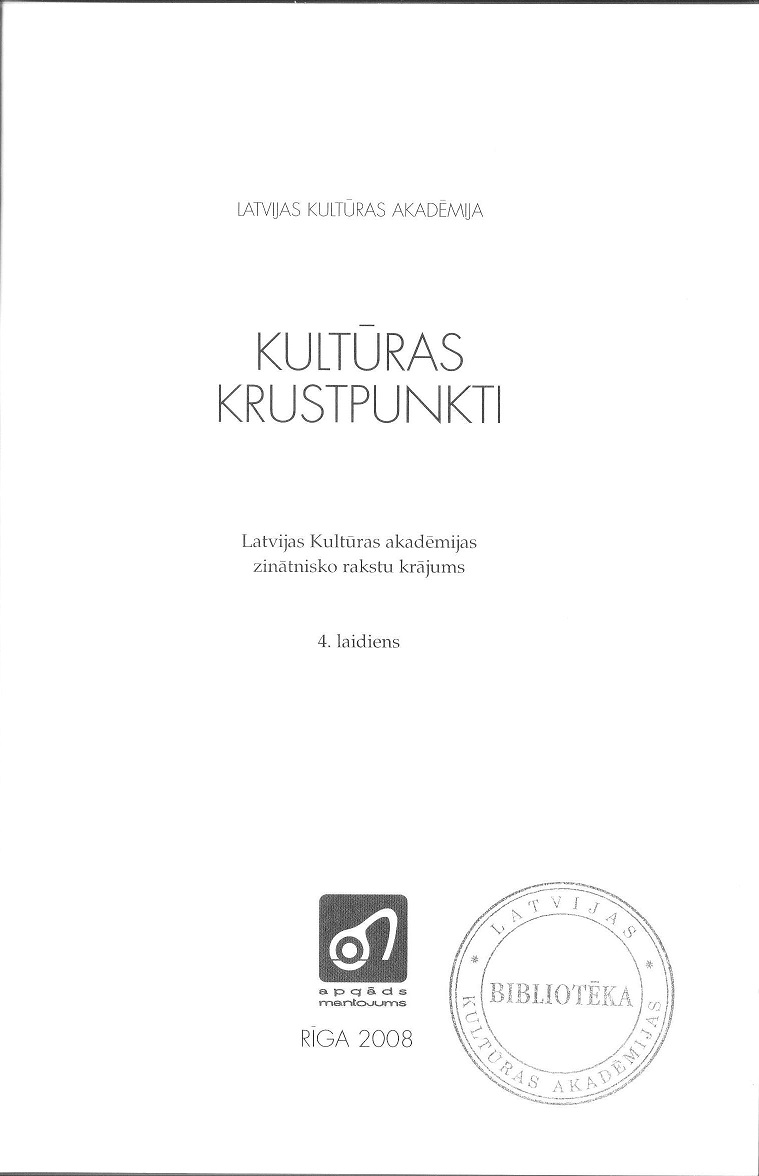Sakrālās telpas fenomenoloģija – Tibeta teosofu skatījumā
The Phenomenology of Sacred Space: Tibet in Theosophy
Author(s): Anita StasulaneSubject(s): Cultural history, Epistemology, Local History / Microhistory, Philosophy of Religion, Phenomenology, History of Religion
Published by: Latvijas Kultūras akadēmija
Keywords: Tibet; sacralization; Himalayas; Helena Blavatsky; location of sacred wisdom; source of revelation; sacred place;
Summary/Abstract: This paper aims to examine the process of the sacralization of Tibet. In the first part, the author refers to Westerners' interest in the East which has lasted lot centuries and culminated in the idea that everything of value has its i ii,ms in Asia. This idea is regarded as an important factor in the acceptance of Helena Blavatsky's view that the East is the location of sacred wisdom. The author considers Swedenborg's influence on Blavatsky's thoughts regarding the source of the idea of preservation of ancient wisdom in the Himalayas. The author clarifies the suggestion of Solovyov, who reduced Blavatsky's idea of the existence of masters in Tibet to its original source - the Souvenirs d’un voyage dans la Tartaric, le Thibet et la Chine, pendant Ies annēes 1844, 1845 et 1846 by Hue. The Isis Unveiled bears witness that Blavatsky dis-covered ideas in the stories of Hue which later constituted the basis of her doctrine. In the second part of the article the author illustrates the process of the sacralization of Tibet encouraged by the followers of Blavatsky -Nicolas and Helena Roerich - who considered the Himalayas to be a source of revelation and a place of transformation.
Journal: Culture Crossroads
- Issue Year: 4/2008
- Issue No: 1
- Page Range: 136-145
- Page Count: 10
- Language: Latvian

